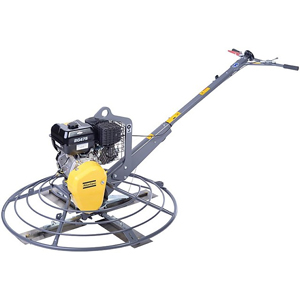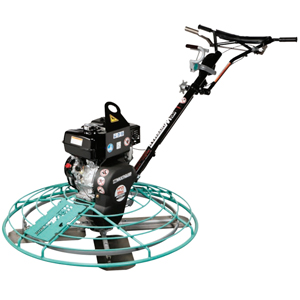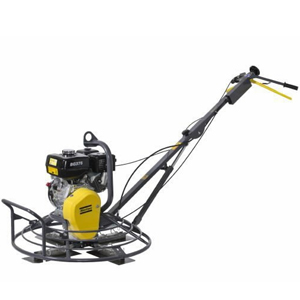A walk behind power trowel is a commonly used piece of equipment for finishing concrete slabs. There are power trowels that you ride on as well, and they come in a variety of sizes. It is likely that you know what these units are and even how to use them if you work in the concrete finishing industry.
Gas-powered walk-behind trowels are the most common. In light of this, there are a few important things you need to remember before starting your machine. Ensure that the engine has an adequate amount of oil.
It seems ridiculous to state this, but it is not uncommon for people to forget this. Make sure your gearbox oil is clean as well. The final step is to make sure that the spider arms of your power trowel are greased every time you use it. As a result, you will have an easier time pitching the blades and your trowel will ride over the concrete more smoothly. Your power trowel will always be in good shape if you check these three things often.
It is common for most engines to start the same way. When starting a cold engine, be sure to use the choke. Generally, power trowels do not require any throttle input to start, and they idle without spinning their blades. Having started the power trowel’s engine, you can now spin those blades. Adjust the throttle control on the handle to increase the speed. Now you should see the blades spinning on the floor. To speed up or slow down the blades, simply adjust the throttle control.
Once the trowel blades start moving, you’ll be able to feel how the trowel steers. Apply slight pressure on the handle to slide the device to the right. This should slide the trowel to the right slowly. Lightly lift the handle of the trowel to shift it to the left. This covers the fundamentals of trowel use. As you use it more, you’ll acquire a better sense of how much pressure is required to successfully control the device. It is important to note that how you use a trowel depends on the type of surface you are on. If you’re trying it out on firm concrete, you might need to acquire a feel for it on wet concrete first. When the concrete is dry, there is substantially less resistance, resulting in a radically different feeling.










